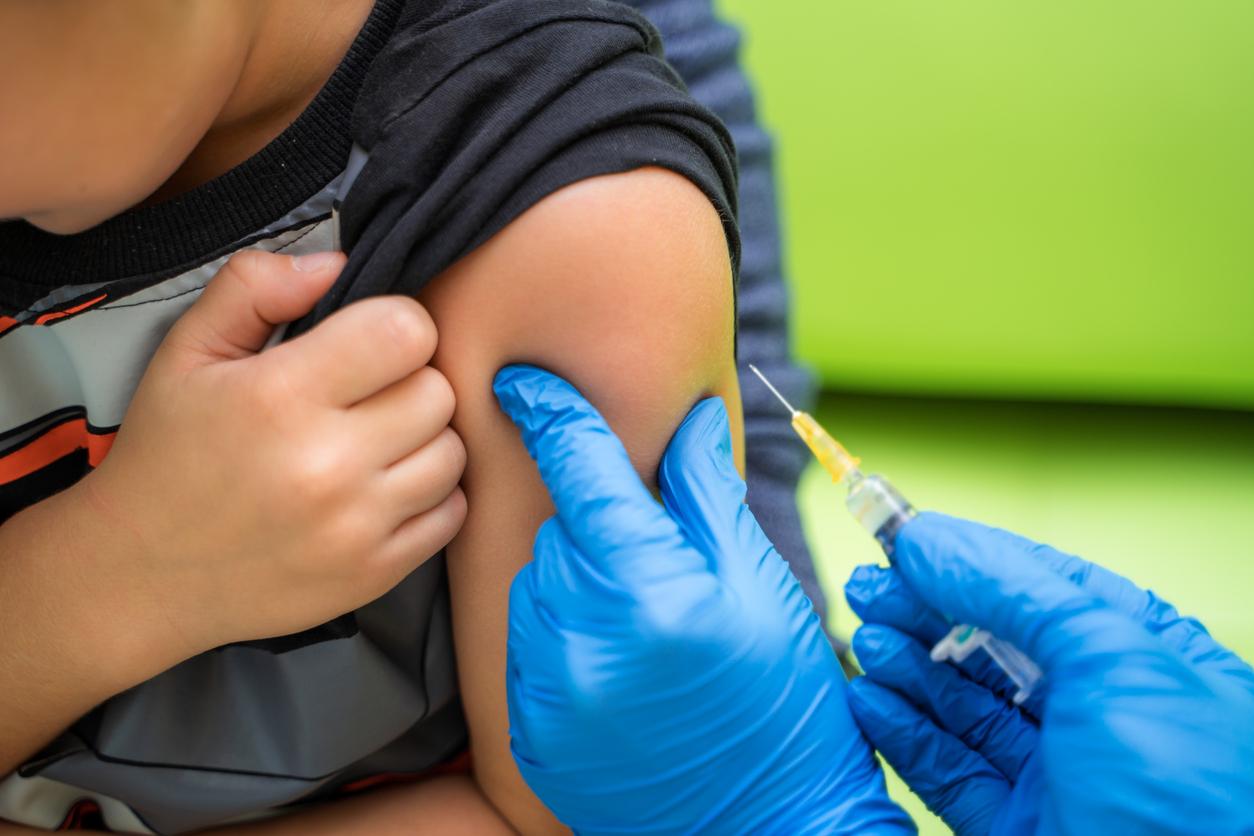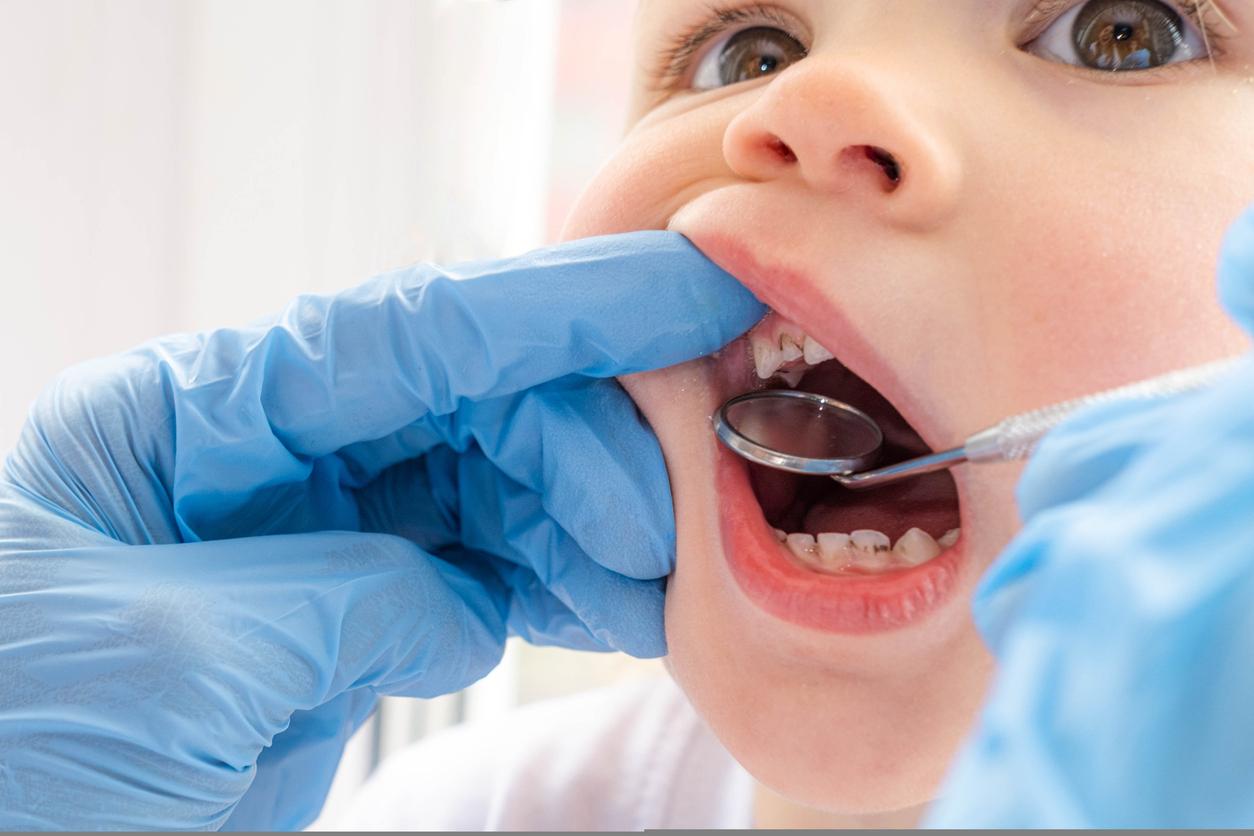In the event of a fever in their toddler, a third of parents do not know how to take their temperature correctly and give them treatment which is not necessary.

- 45% of parents using a thermometer to take their child’s temperature do so on the forehead, 25% through the mouth, 13% through the ear, 10% under the armpit and 3% through the rectum.
- One in three parents give their child fever medicine when it is not necessary.
- “It’s often best to let the fever run its course” because it “helps fight the infection.”
Chickenpox, acute otitis, angina, nasopharyngitis… When these diseases occur in children, their body temperature can exceed 38°C. As a reminder, fever is a normal reaction of the body. It helps the body fight infections. When the child has a hot forehead, some parents worry because they don’t know how to bring down the fever and help the child feel better. According an American investigationsome parents do not measure their toddler’s high temperature correctly.
Fever: 45% of parents take the temperature on the forehead
After collecting 1,376 responses from parents of children aged 12 and under, researchers at the University of Michigan (USA) noted that 75% said they take their child’s temperature as soon as they notice a possible problem. , while 23% wait to see if the problem persists or worsens before taking the temperature.
According to the data, 4% of mothers and fathers gauged a possible fever by feeling whether their child was warm to the touch. Parents using a thermometer said they usually take their child’s temperature from the forehead (45%), mouth (25%), ear (13%), armpit (10%) or the rectum (3%). “The rectal route is the most precise and does not require a temperature increase”, underline health insurance.
The scientists reiterated that the technique used and the route chosen to take a child’s temperature was important and could affect the accuracy of the measurement. Yet only 56% understand how temperature readings can change depending on the method used. “Whatever device is used, it is important to review the instructions to ensure that the technique is appropriate for the child’s age and that the device is placed correctly when taking temperature measurements. “, said Susan Woolford, a pediatrician who led the survey, in a statement.
In case of fever in children, “it is best to let it run its course”
While most parents (89%) agree that a mild fever helps a child’s body fight infection, one in three parents give their toddler medicine to lower the fever, even though this is not necessary. When giving them treatment, 65% of parents say they always or usually note the time of each dose, and 84% always or usually take their child’s temperature before giving another dose. A quarter of parents (26%) say they always or usually give another dose of medicine to keep the fever from coming back.
“Often parents worry about their child’s fever and want to do everything they can to bring down their temperature. However, they may not know that usually the main reason for treating fever is simply to keep the child comfortable.Some parents rush immediately to give their child medication, but it is often best to let the fever run its course.Bringing a child’s temperature down usually doesn’t help. not cure his disease faster. In fact, a mild fever helps fight infection. There is also the risk of giving too much medicine when it is not needed, which can have side effects”, explained Susan Woolford.
If a child has a fever, the pediatrician advises using simple, non-drug methods, such as keeping their room cool, not letting them overdo it and get exhausted, making sure they wear light clothing and encourage him to stay hydrated by drinking drinks or eating ice cream.


















